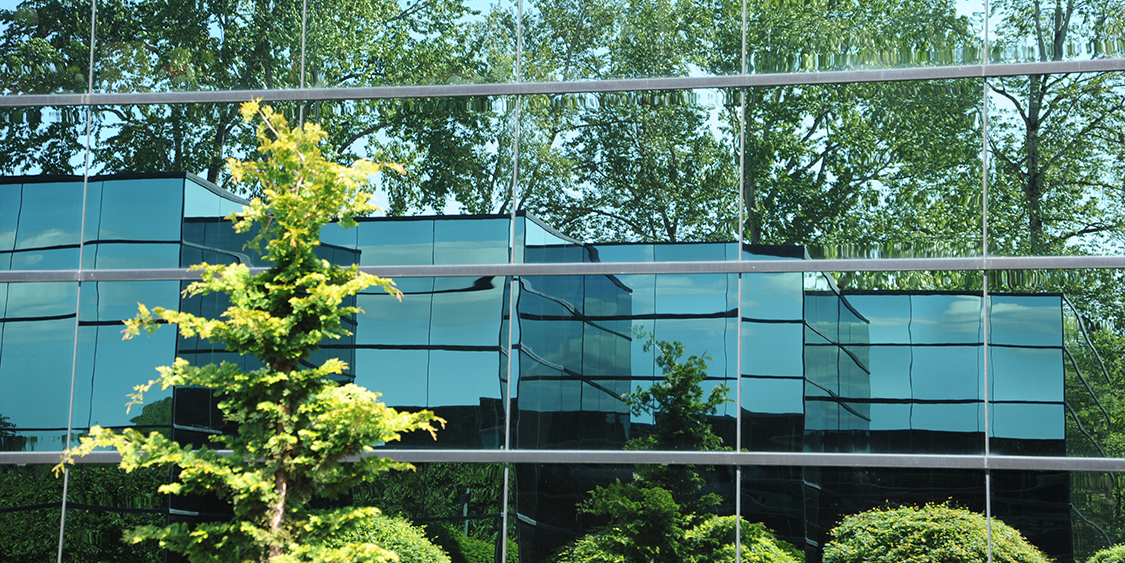
As green design becomes an increasingly popular trend, design firms that decide to venture into this field can gain valuable experience and expertise than those who choose not to. Design firms can benefit from understanding the concept of green design and how gaining this knowledge will be able to help their firm grow in the future.
Here are a few key facts to know about green design:
What is Green Design?
Sustainability. Green Design. LEED Certification. These are terms that design firms are becoming very familiar with and that significantly impact their present and future design practice.
Clients in both the public and private sectors are becoming more environmentally conscious and eco-friendly with their projects and green design continues to grow and grow. Cities, counties, states, provinces and other government bodies are requiring that designers and builders follow an ever-growing list of green codes, laws and regulations.
The development of the International Green Construction Code (IgCC) brings continuity to this effort. Some foreign countries have adapted their own uniform green design requirements that must be followed if you are to perform design services within their borders.
Where to Begin with Green Design
Success in green design begins with education and training for your internal staff. For those with the time and energy to commit fully to green design there are bachelor and masters degree programs in environmental and sustainable design.
There are also online certification programs available to designers. For instance, the U.S. Green Building Council (USGBC) offers the LEED voluntary professional credential with seven different levels of LEED certification offered. Continuing education courses offered by design associations and others address the latest developments in green design, renewable energy, and sustainability.
On-the-job training can also be an excellent way to get your feet wet in green design. Working as a subconsultant for a lead designer experienced in green design is often an effective inroad. Ideally, your initial green project will also have a contractor experienced with green construction and a client with a history of successful green projects.
Indeed, project selection will be a vital part of your risk management when taking a sojourn into the green world. You’ll want to minimize unknowns wherever possible by sticking with familiar project types, working with a long-term client, and staying in a familiar locale where you know the climate and weather elements that come into play.
Find out more:
Download our free guidebook “Green Design: It’s a Go” to learn more about sustainability in design projects:


